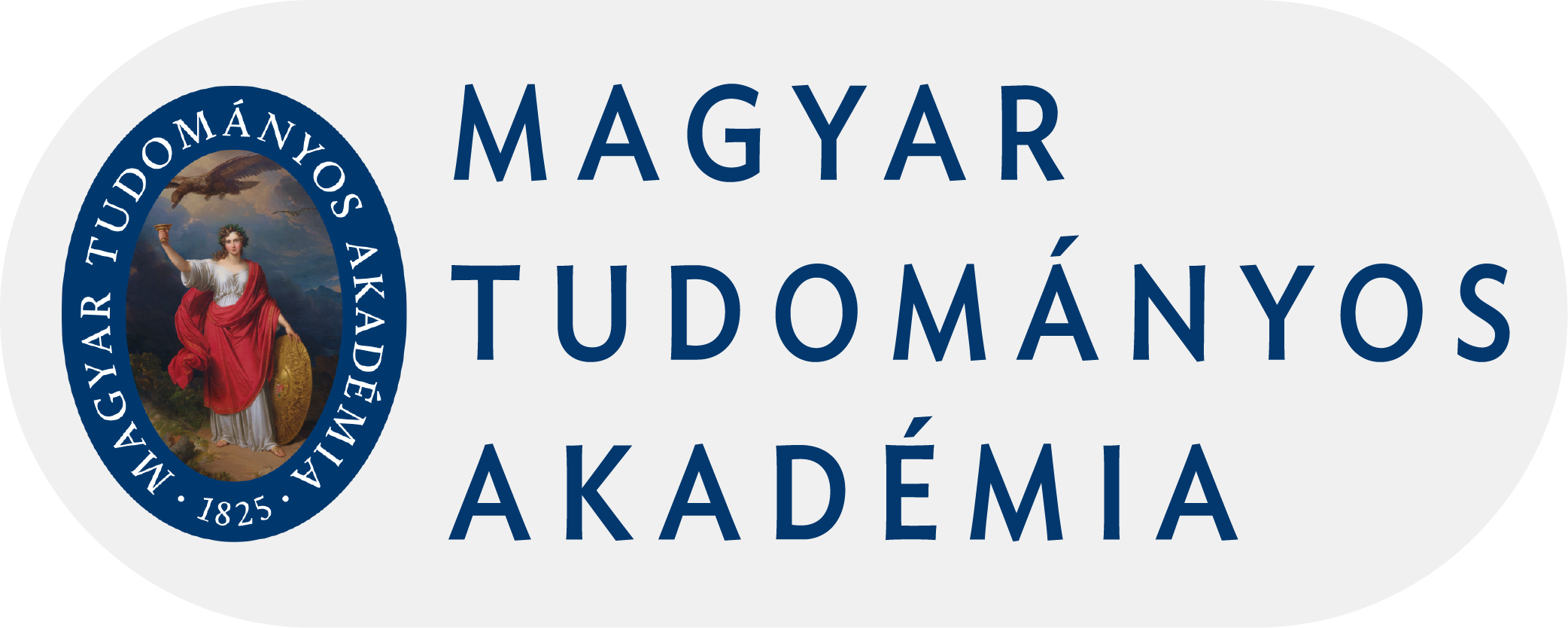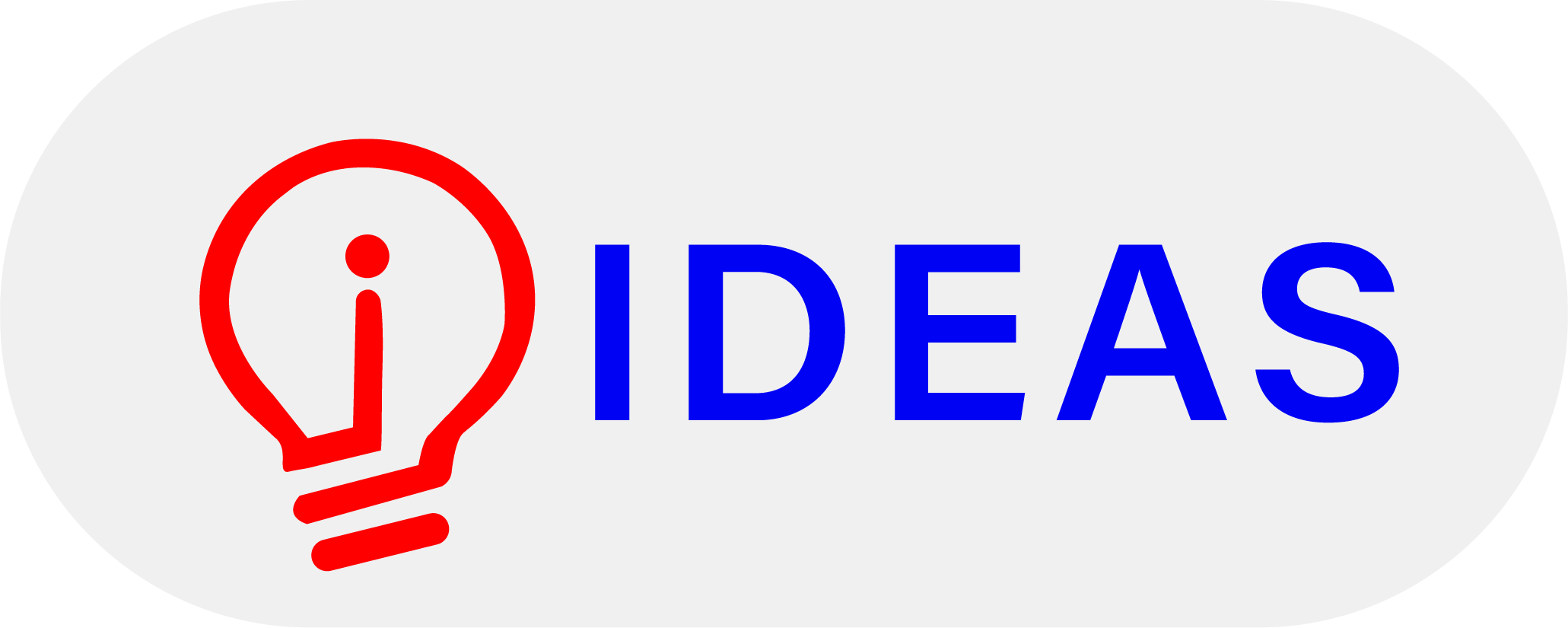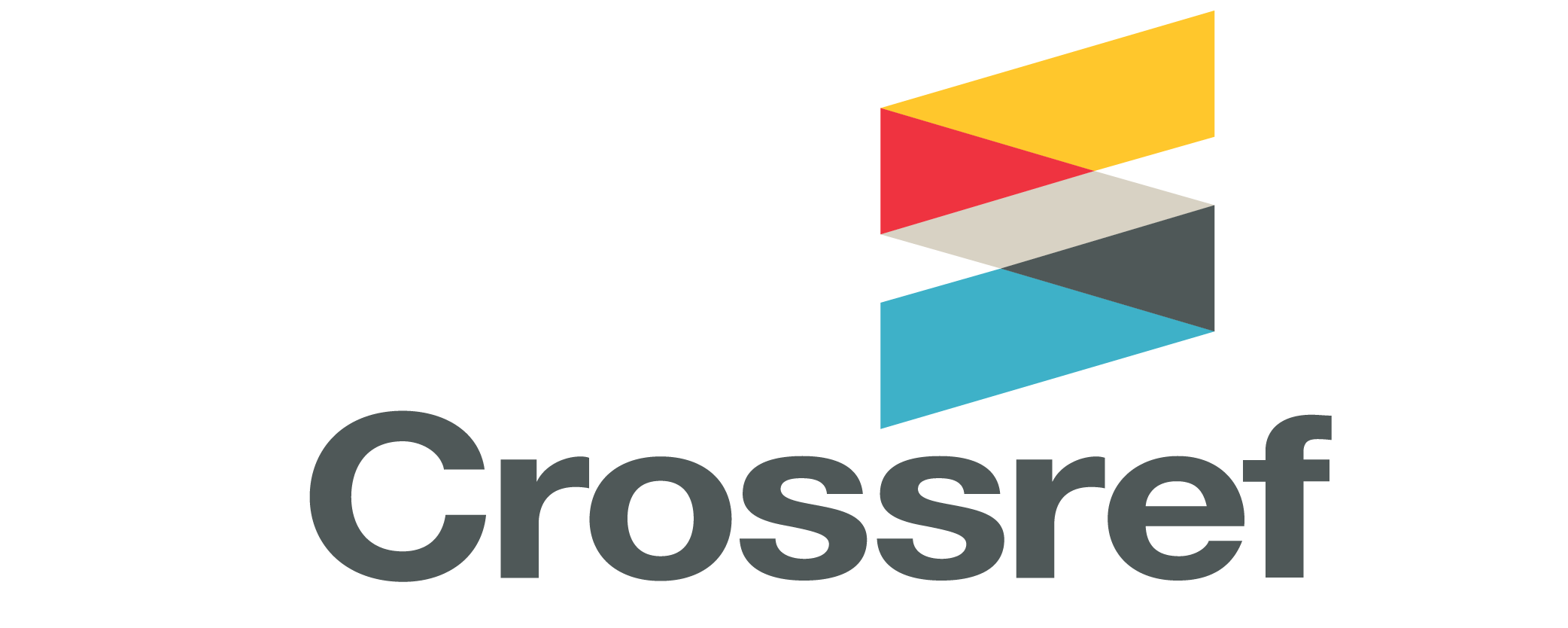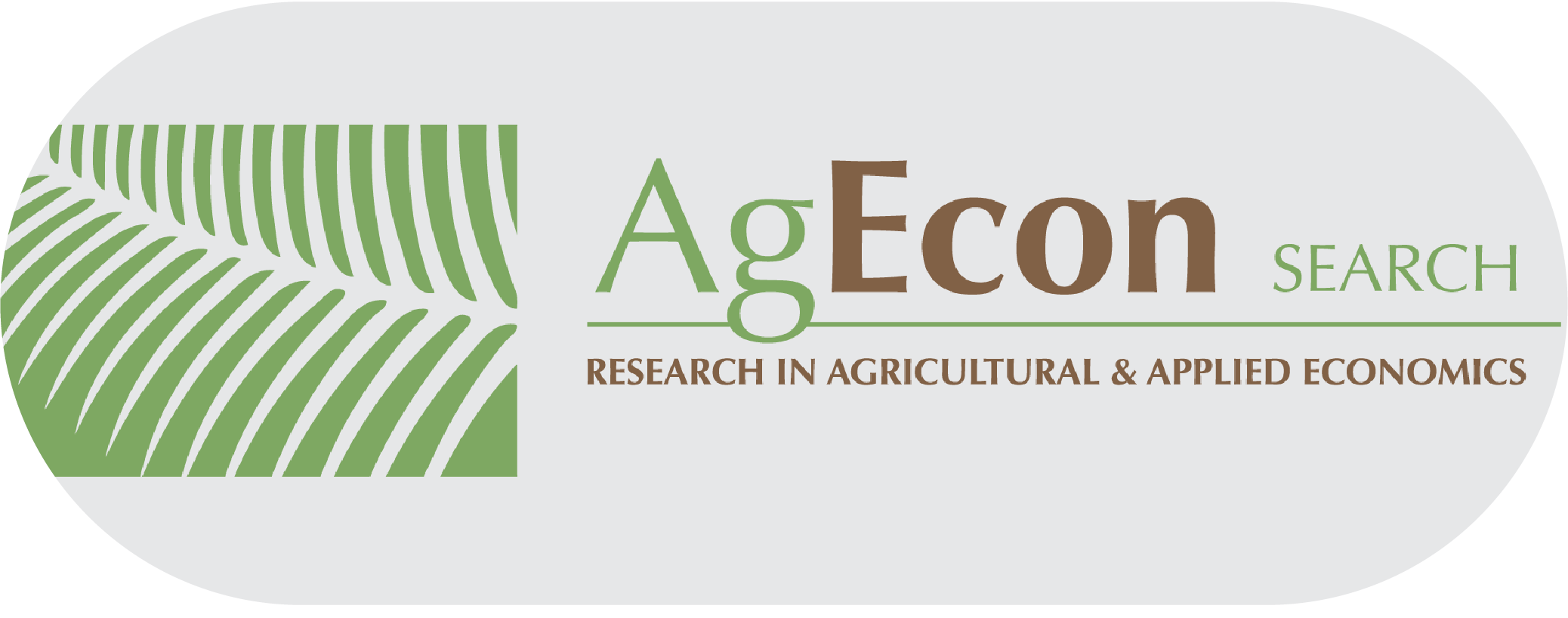Search
Search Results
-
Economic effectivity of fairs – KAVA Model testing on agricultural exhibitions
115-121Views:304This paper discusses the first experiences with the newly-developed KAVA-model. This model works on cash basis and evaluates cash inflow, outflow and Net Cash-Flow (NCF) in connection with four different interest groups connected to the given exhibition. The model was tested on four different exhibitions: Farmerexpo (Debrecen, Hungary) in 2005 and 2006, OMÉK (Budapest, Hungary) from 2005 and PolagraFarm (Poznan, Poland) 2006.The different fairs can be compared by their relative „economic values” that makes the auditing more reliable.
-
Economic effects of fairs – a complex approach
21-25Views:268A complex economic evaluation of fairs / exhibitions can be considered as a novelty in the current literature. In this novel approach, each stakeholder group involved in a fair is evaluated in numerical terms, taking into account the specific cash inflow and outflow categories of that group. The net cash flow is considered as the economic value since it filters out the accumulations. Adding together all the categories, the so-called complex economic value and effectiveness is established regarding the fair surveyed. A numerical model entitled KAVA was developed in order to carry out the calculations for the complex economic effectiveness of the fair. A practical example of using the model is also shown in the paper.
-
Correction method on fairs’ attraction radius
37-41Views:309At auditing a fair the measure and evaluation of the exhibitors’ distance is a important task and can be used for further promotion of the fair. In analyzing the attraction radius of different fairs one can discover some figures that may raise questions regarding a simple averaging of the attraction distances. According to the research of the author, the bias in the attraction radius can be caused by to factors: the size of the attraction region and the distance from the region’s business center. Authors explored the bias factors and suggest a correction method to remedy it. A theoretical correction model was applied to evaluate three agribusiness fairs. It is established that the corrected attraction radius gives more realistic result than the simple averaging of exhibitors’ distance.





